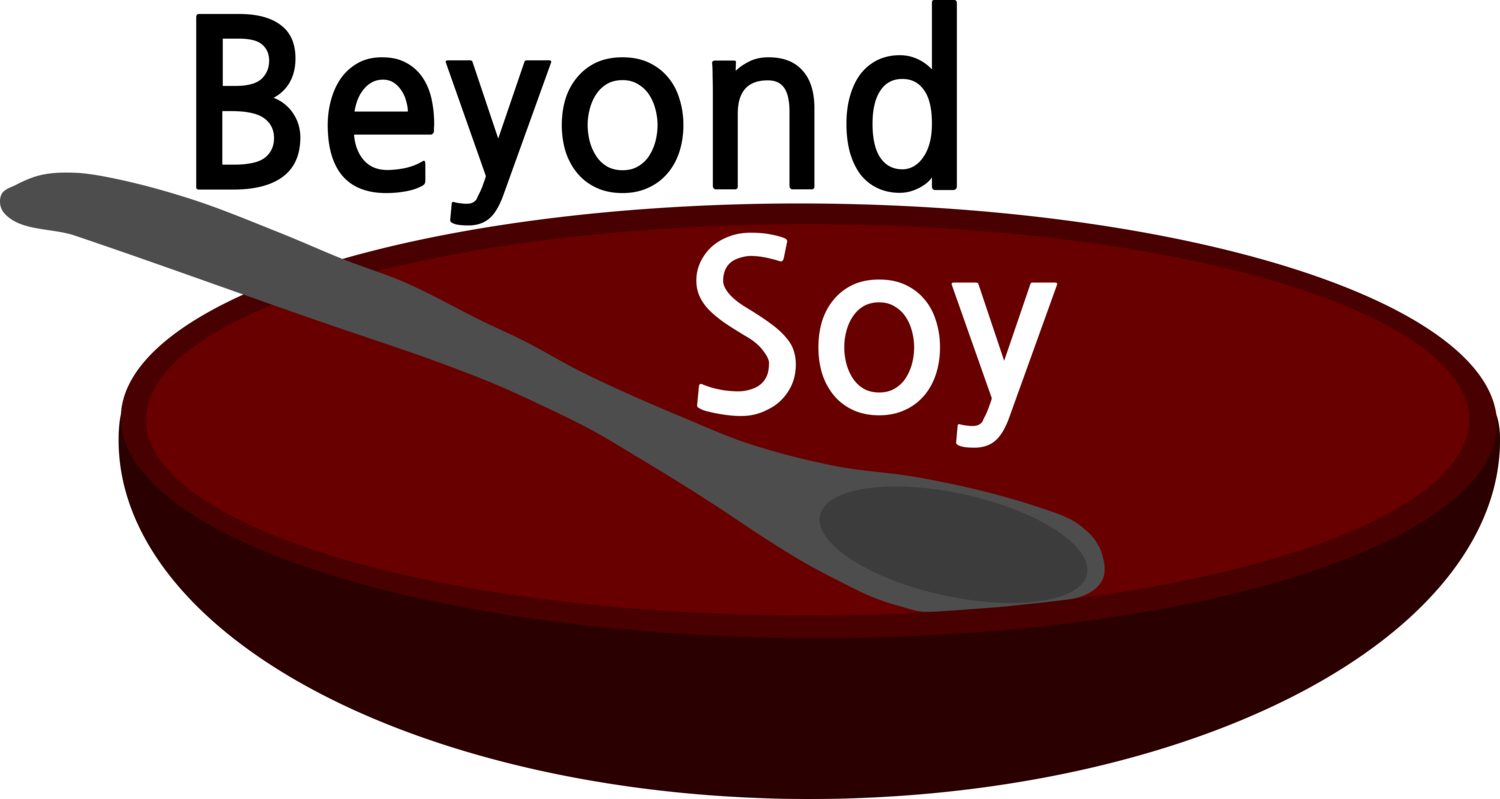Checking the Foreign Grocery Store, Part 2
/This is Part 2 of a post on how to check for soy in a foreign grocery store. Last time, we talked about the two things to do before you go (figure out what the word for soy is and see if soy is very prevalent in the region's diet) and the first two things to check in the grocery store (bread and chocolate)! Today we share the last two places to check for soy in the grocery store!
Pre-Packaged Foods: After chocolate, we always stop in the pre-packaged foods aisle to check things like cookies and crackers. These foods are a huge indicator of how common soy is in the region. If the pre-packaged foods are soy-free, you can be sure that soy is pretty rare. But, if the cookies and crackers do contain soy you’ll still need to be cautious of food in a package while in the area.
IMAGE VIA PIXABAY
Oil: The last place we always check in the grocery store is the oil section. Here we are looking for two things: (1) The most common oil in the store and (2) the cost of soybean oil compared to other oils. In the US, most of the oil sold in grocery stores is soybean oil (this indicates that lots of food will likely contain soy). This isn’t true in other parts of the world, and looking at the percentage of soybean oil in the grocery store is a good way to measure this. If a store sells mostly canola oil, you can be pretty confident that restaurants will likely buy the most common oil (canola, in this case) instead of soybean oil. This means it might be okay to take a risk at a restaurant, even if the language barrier prevents you from asking about ingredients. Comparing the price of soybean oil to the other oils is another good check on the popularity of soy. If soybean oil is cheaper, it may be more likely to be purchased by restaurants, and therefore more likely to be in their food. Conversely, if soybean oil is more expensive it is less likely for a restaurant to purchase it, and it is less likely to be in foods in that region.
These four places in the grocery store (bread, chocolate, pre-packaged foods, and oil) help us determine how likely food in the region will contain soy. We get a feeling for where we need to be certain to avoid soy, and where it is okay to take a risk or two, and then use that information the rest of our time traveling. Checking the grocery store in a foreign country can be an intense experience, but spending a few minutes reading ingredient labels can make a world of difference for your trip and open up new foods for you to try!
PS - Since we spent the time to find soy-free food in the grocery store, we usually use it as an opportunity to load up on soy-free foreign snacks too!









